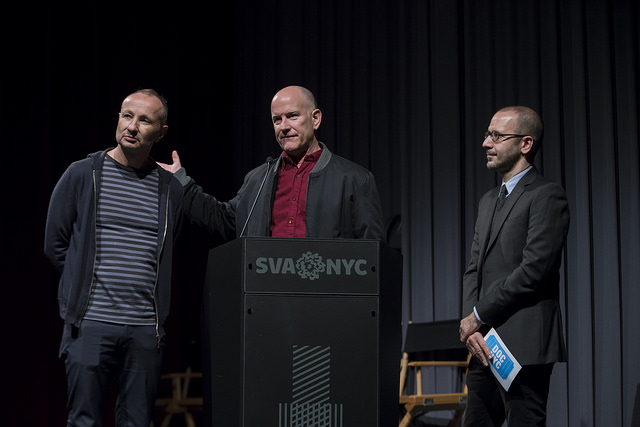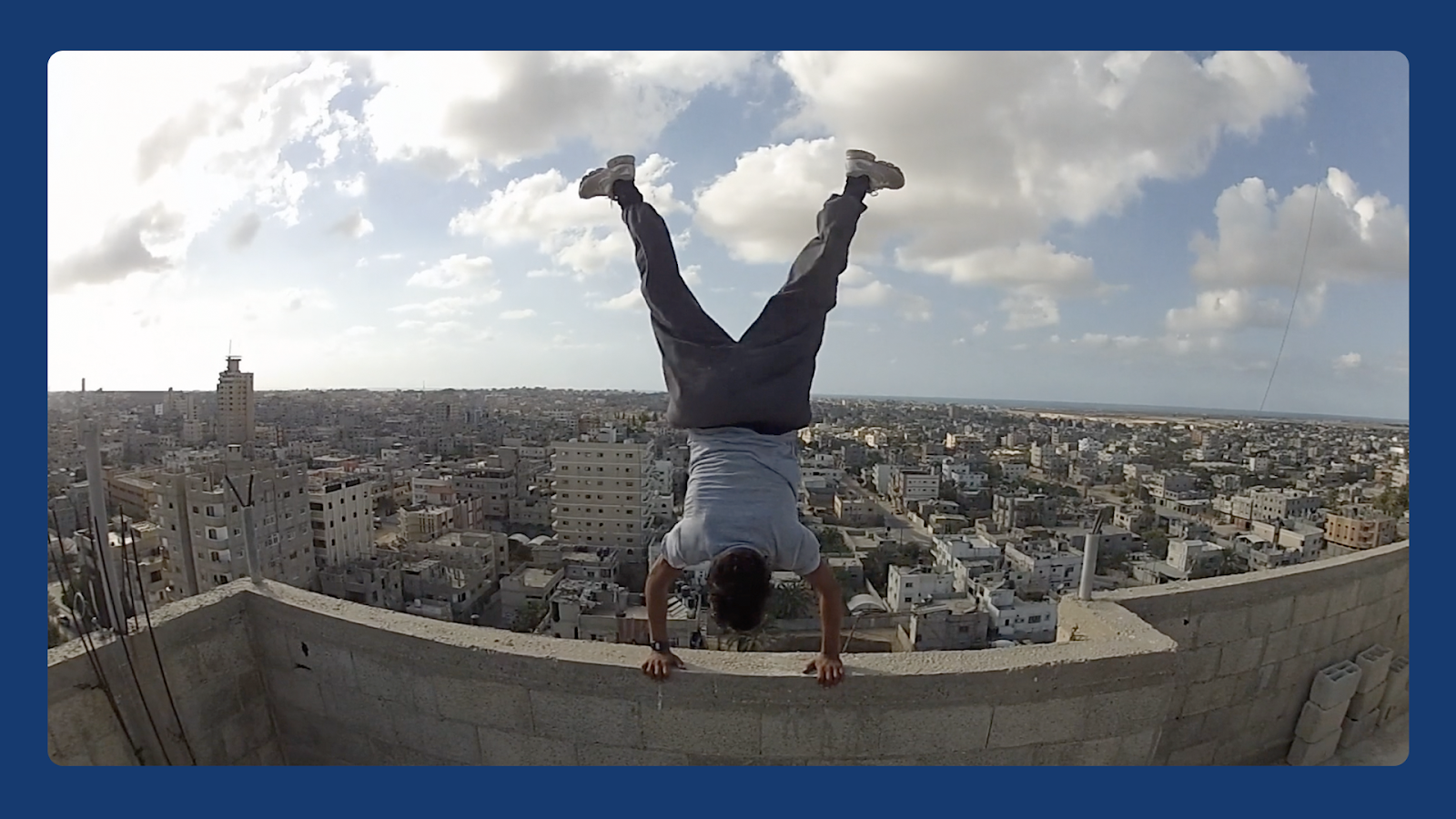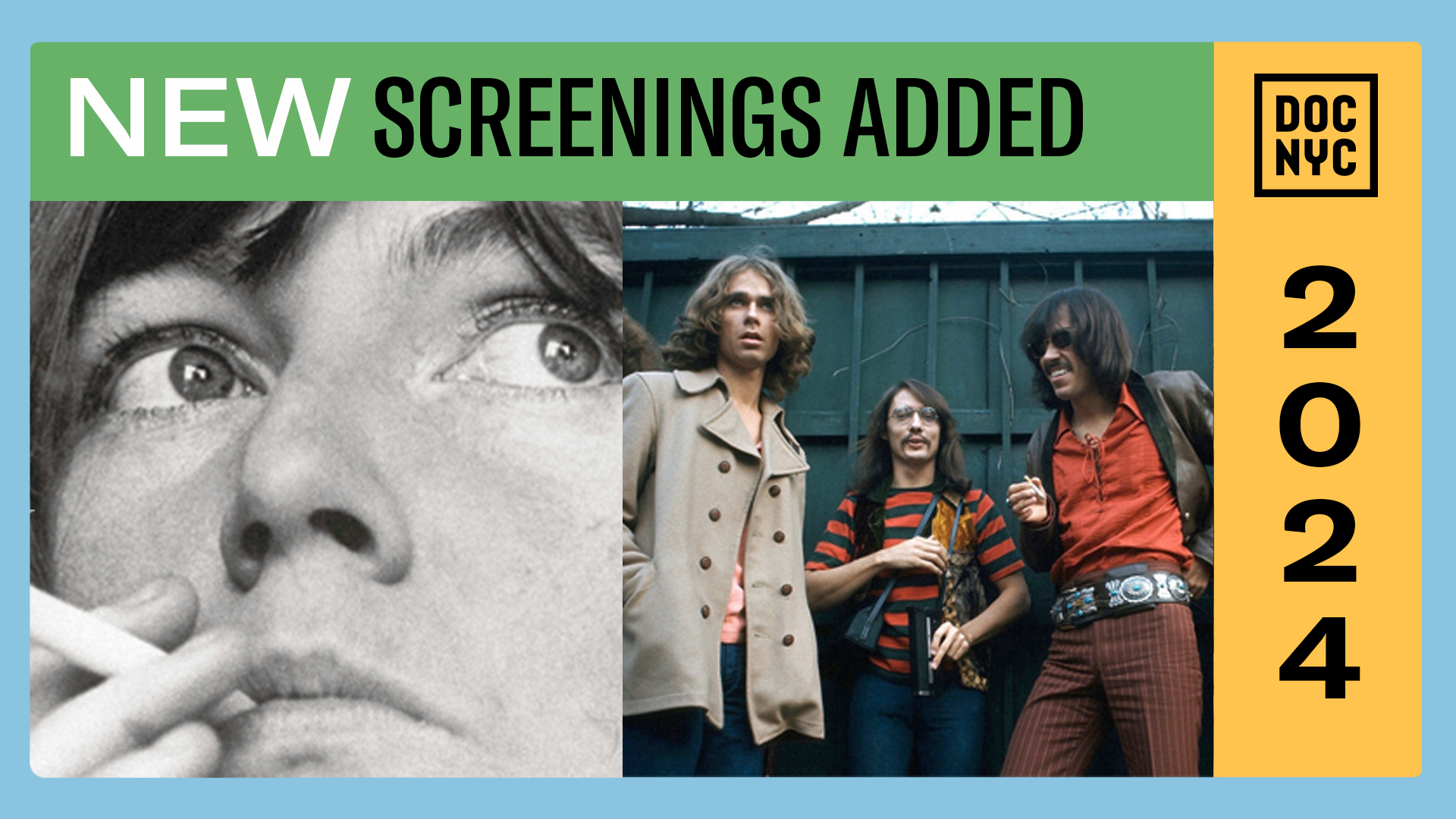Robert Mapplethorpe and The Art of Controversy A closer look at the confrontational work of an iconic photographer


Written by Krystal Grow
His photographs were shocking, powerful, and honest. They outraged conservative senators and incited federal lawsuits. But Robert Mapplethorpe’s images also had a raw beauty and a forceful and unflinching vision that made them impossible to ignore.
Shown as part of DOC NYC’s 2016 Short List, Director of Programming Basil Tsiokos called Mapplethorpe: Look at the Pictures “incredibly intimate and comprehensive” before introducing directors Randy Barbato and Fenton Baily to the audience gathered at the SVA theater on Thursday. The duo, who also directed 2003’s Party Monster and produce RuPaul’s Drag Race, said that Mapplethorpe’s controversial artwork could make an even more dramatic statement now than it did when it first appeared on gallery walls and in museum exhibitions.
“Mapplethorpe talks about how important art is, because it opens your mind,” Barbato said, “and perhaps now it’s more important than ever.”
Through a combination of interviews, audio, archival footage, and of course, incredible photographs, Look at the Pictures is a survey of Mapplethorpe’s life and legacy, from his childhood in suburban Queens to his college years in Brooklyn at Pratt University, to his starving artist days with Patti Smith at the Chelsea Hotel, to his downtown loft on Bond Street. An intelligent and unusual child who graduated from high school at 16, Mapplethorpe also initially hated photography, to the point where he would bring his father’s negatives to class and present them as his own. But as his vision expanded, and his subject matter become more explicit, he began experimenting with photography through a Polaroid camera, and later, after he fell in love with collector Sam Wagstaff, a medium format Hasselblad.
While his art had always explored sexuality and played on the edge of pornography, his photographs began to depict sex and sexuality in radical, graphic detail, but with the kind of clarity and precision that was typically reserved for fashion and fine art photography. In the 1970s and 1980s, photography as a medium was still seen as a lesser form of art, devalued and dismissed by curators and collectors alike, and while Mapplethorpe was driven to achieve success in the art world, he would never truly compromise his vision. In daring to present gay sexuality as beautiful, he attempted to humanize what had been demonized.
By the height of his career, he was equally at home at cocktail parties with the cultural elite and the most hardcore S&M clubs in New York City, and his artwork reflected the double life he seemed to effortlessly lead. Photographing sex acts with the same grace and attention to form and composition that he applied to flowers, statues, and portraits of celebrities, Mapplethorpe was hellbent on perfection. But his unflinching photographic vision certainly made others squeamish, and as the AIDS crisis exploded and Mapplethorpe himself was diagnosed, he was subjected to a cultural and political backlash that has ironically made him and his work even more vital and relevant. Mapplethorpe died in 1989, as his final exhibition “The Perfect Moment,” was touring the country to huge audiences, and while conservative politicians railed against indecency and insisted if we “look at the pictures” we would only see depravity, their cries were in vain. We did look at the pictures, and most of us saw something completely different.
Krystal Grow is a photo editor and freelance writer who has written for American Photo, TIME LightBox, the New York Times Lens blog, Stranger Than Fiction, WIRED, and The Magnum Foundation. She is the DOC NYC Blog Coordinator.


